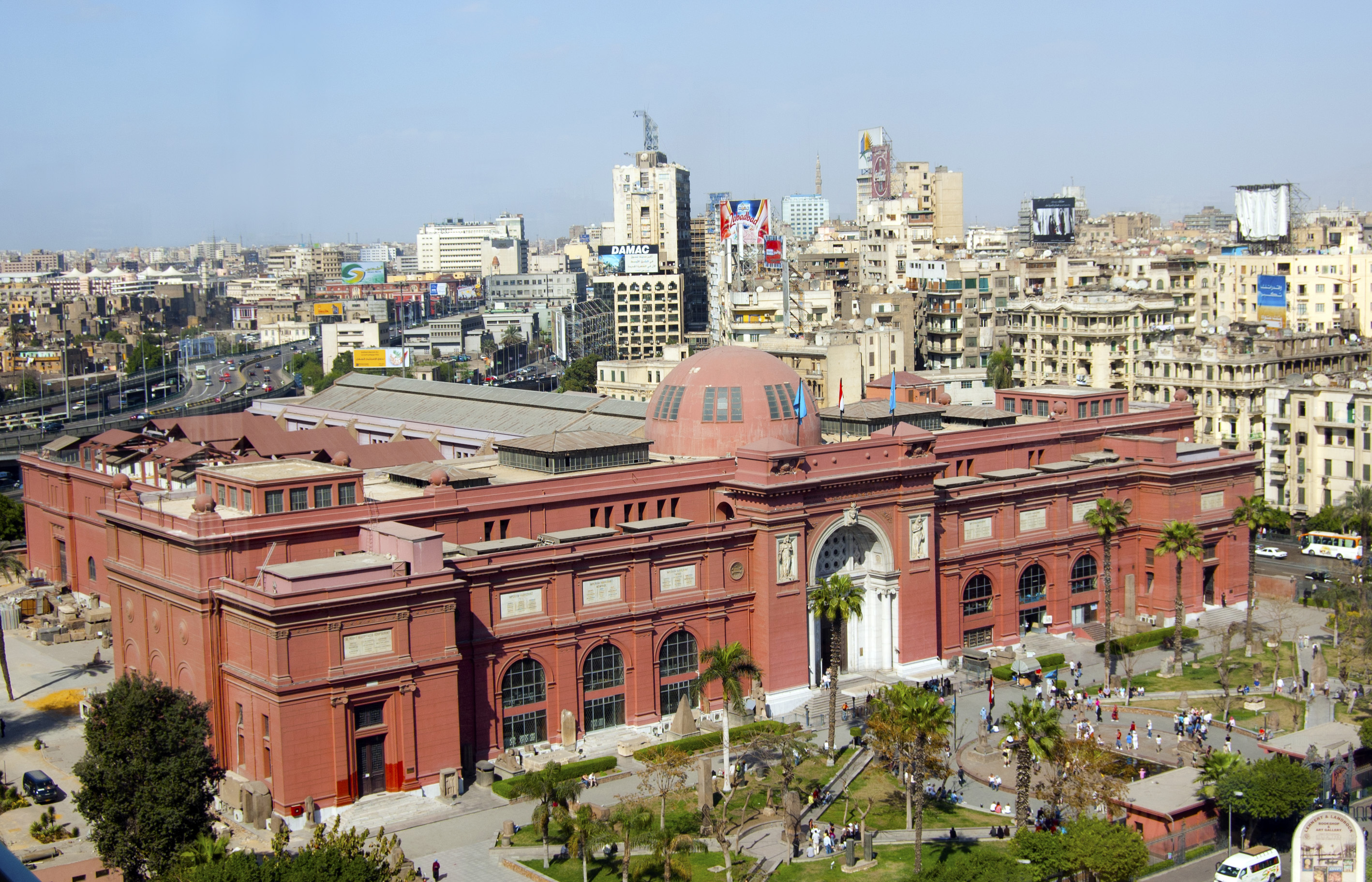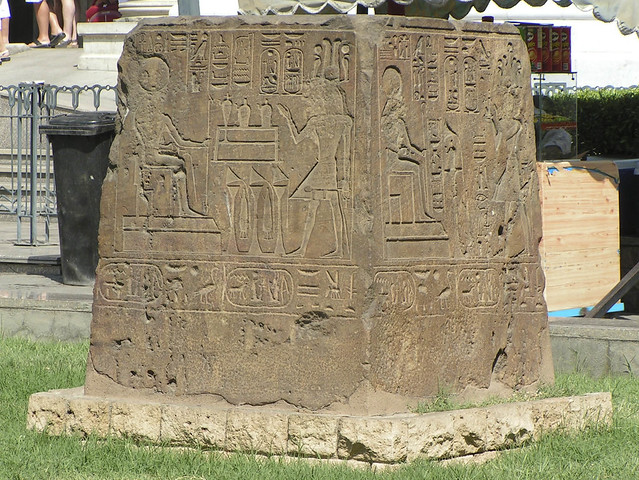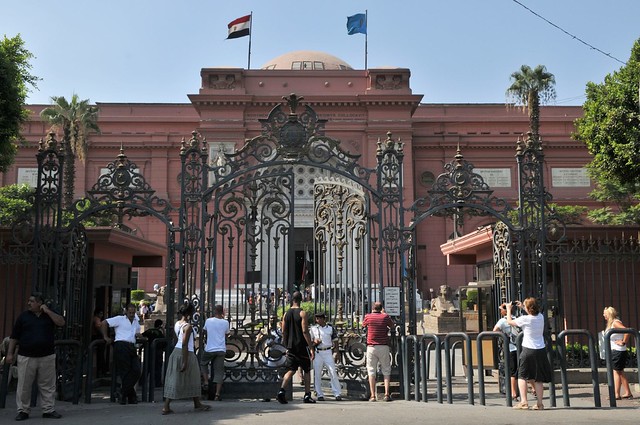
The Museum of Egyptian Antiquities, known commonly as the Egyptian Museum, in Cairo, Egypt, is home to an extensive collection of ancient Egyptian antiquities. It has 120,000 items, with a representative amount on display, the remainder in storerooms.
History
The Egyptian Museum of Antiquities contains many important pieces of ancient Egyptian history. It houses the world’s largest collection of Pharaonic antiquities, and many treasures of King Tutankhamen. The Egyptian government established the museum, built in 1835 near the Ezbekeyah Garden. The museum soon moved to Boulaq in 1858 because the original building was getting to be too small to hold all of the artifacts. In 1855, shortly after the artifacts were moved, Duke Maximilian of Austria was given all of the artifacts.
He hired a French architect to design and construct a new museum for the antiquities. The new building was to be constructed on the bank of the Nile River in Boulaq. In 1878, after the museum has been completed for some time, it suffered some irreversible damage; a flood of the Nile River caused the antiquities to be relocated to another museum, in Giza.
The artifacts remained there until 1902 when they were moved, for the last time, to the current museum in Tahrir Square. During the Egyptian Revolution of 2011, the museum was broken into, and two mummies were reportedly destroyed.[1][2] Several artifacts were also shown to have been damaged.
King Tutankhamen
Unlike many tombs discovered in Egypt, that of King Tutankhamen was found mostly intact. Inside the tomb there was a large collection of artifacts used throughout the King’s life. These artifacts ranged from a decorated chest, which was most likely used as a closet or suitcase, two ivory and gold bracelets, necklaces, and other decorative jewelry, to alabaster vases and flasks.
The tomb was also home to many weapons and instruments used by the King. Although the tomb held over 3,500 artifacts, the tomb was not found completely intact. In fact, there had been at least two robberies of the tomb, perhaps soon after Tutankhamun's burial.
The best known artifact in King Tutankhamun’s tomb is the famous Gold Mask, which rested over the bandages that were wrapped around the King’s face. The mask weighs in at 11 kg (24.5 pounds) of solid gold, and is believed to represent what the King’s face really looked like.







 07:31
07:31
 homesweethome
homesweethome

 Posted in:
Posted in: 








0 意見:
Post a Comment